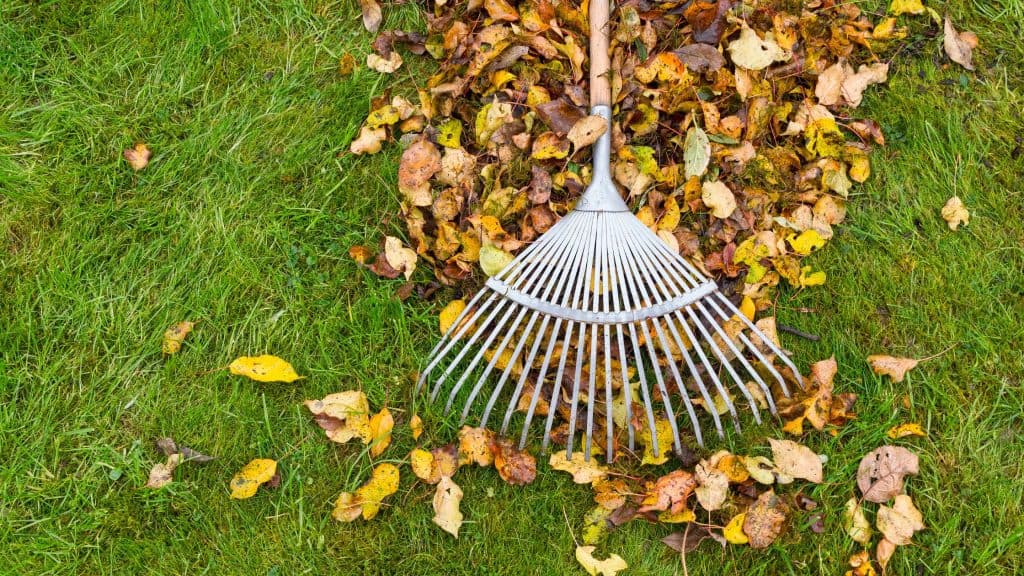As the vibrant colors of summer fade and the air turns crisp, it’s time to shift your focus to fall lawn care. Your lawn requires special attention during this transitional season to prepare it for the colder months ahead. By following a few key tips, you can ensure that your yard remains lush, healthy, and ready to thrive come spring. In this blog, we’ll explore essential practices to care for your lawn in the fall.
Raking and Cleanup
As leaves begin to fall, it’s important to regularly rake and remove them from your lawn. A layer of leaves can block sunlight, suffocate the grass, and promote disease. You can use a rake, leaf blower, or mulching mower to collect and clear away fallen leaves. Composting the leaves is an eco-friendly option, as the resulting mulch can be beneficial for your garden beds.
Aeration
Fall is an ideal time for lawn aeration, a process that involves perforating the soil to allow air, water, and nutrients to penetrate deep into the roots. Aeration helps relieve soil compaction and promotes healthy root growth. Rent a core aerator or hire a professional to perform this task, and ensure that it’s done when the soil is slightly moist.
Overseeding
Overseeding involves planting grass seed directly into existing turf to fill in thin areas and enhance the overall density of your lawn. Fall provides optimal conditions for overseeding, as the soil is still warm, and there’s reduced competition from weeds. Choose a high-quality seed blend that suits your climate and grass type, and follow proper seeding techniques for best results.
Fertilization
Applying a balanced, slow-release fertilizer in the fall helps strengthen grass roots and provides essential nutrients for winter survival. Look for fertilizers with higher levels of potassium, which encourages root development and disease resistance. Follow the recommended application rates and timing provided on the fertilizer packaging.
Weed Control
Fall is an opportune time to tackle weeds before they take hold and flourish in the spring. Apply a pre-emergent herbicide to prevent weed seeds from germinating. Additionally, manually remove any existing weeds from your lawn to prevent them from going to seed and spreading.
Mowing
As fall progresses, gradually lower your mowing height to allow more sunlight to reach the grass and prevent it from becoming too long before winter. However, avoid cutting more than one-third of the grass height at a time to prevent stress on the lawn. Keep your mower blades sharp to ensure clean cuts and reduce the risk of disease.
Watering
Proper watering is crucial during the fall months. While cooler temperatures mean your lawn requires less water, it’s important to ensure that the grass doesn’t become too dry. Water deeply and infrequently to encourage deep root growth. A general guideline is to provide about 1 inch of water per week, either through rainfall or irrigation.
Dethatching
If your lawn has a thick layer of thatch (a buildup of dead grass and debris), fall is a good time to dethatch. Thatch can hinder water and nutrient absorption and promote disease. Rent a dethatching machine or hire a professional to remove the thatch and improve the overall health of your lawn.
Caring for your lawn in the fall sets the stage for a beautiful and vibrant yard in the seasons to come. By following these essential tips – from raking and cleanup to aeration, overseeding, and proper fertilization – you’ll be well on your way to ensuring your lawn’s health and vitality. As you invest time and effort into fall lawn care, you’ll be rewarded with a lush, resilient lawn that’s prepared to weather the winter and emerge stronger and more vibrant in the spring.



